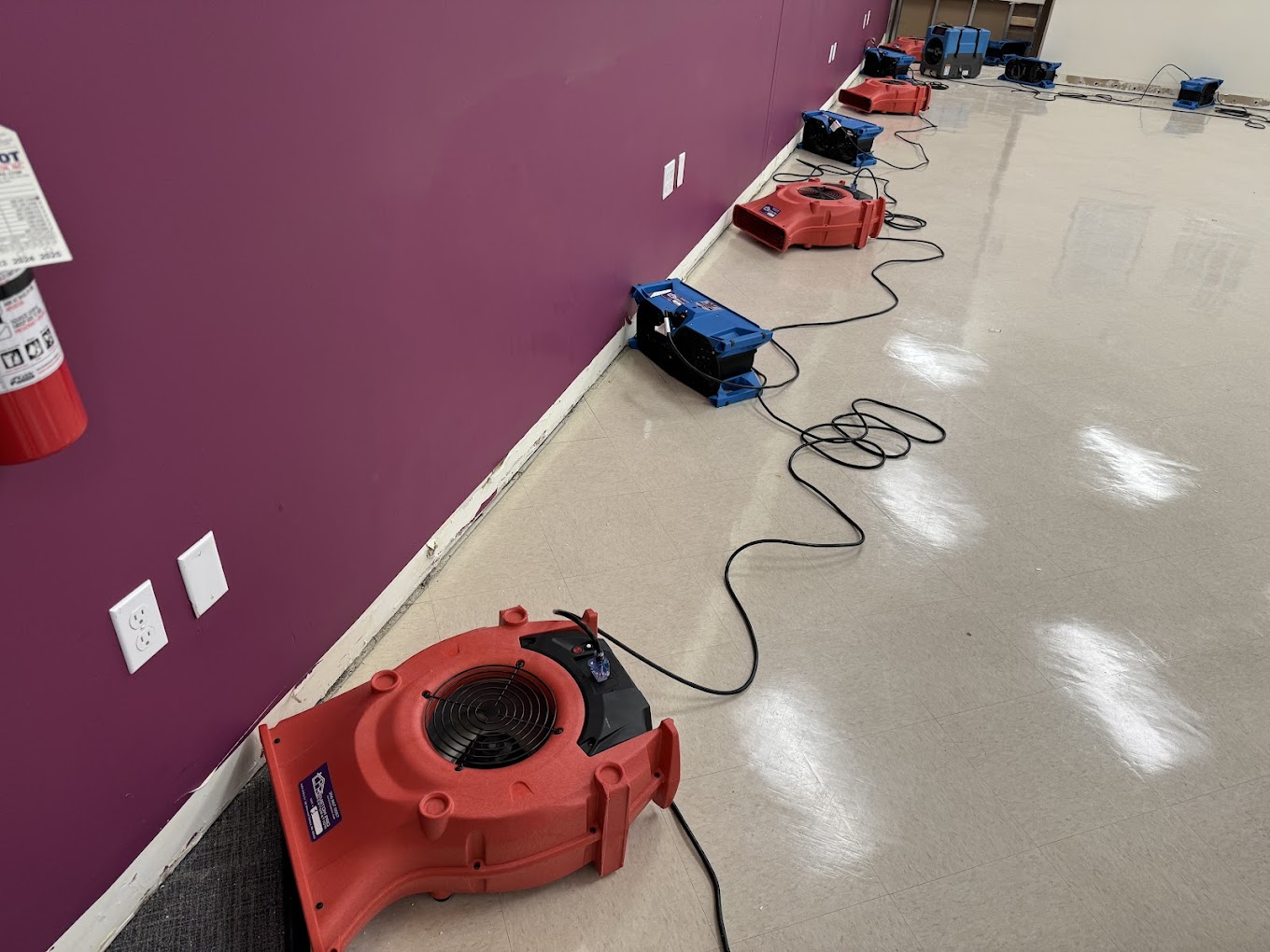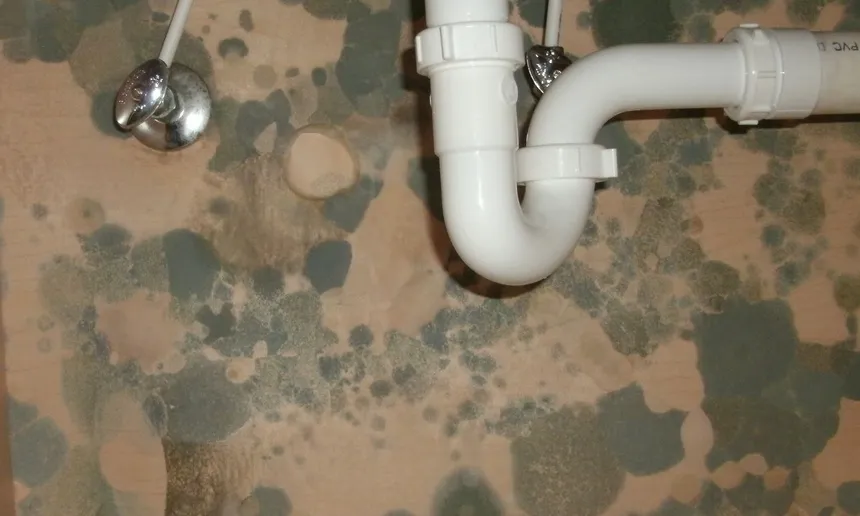
Dec 16, 2024
How to Handle a Basement Flood: Expert Tips for Prevention and Cleanup

How to Handle a Basement Flood: Expert Tips for Prevention and Cleanup
Introduction
A basement flood can be a homeowner’s worst nightmare, causing water damage, structural issues, and even health hazards. Whether it’s due to a burst pipe, heavy rain, or poor drainage, acting quickly can save you time, money, and stress. This guide will walk you through the steps to handle a basement flood, including cleanup, prevention strategies, and when to call in professionals.

Common Causes of Basement Floods
Understanding the causes of basement flooding can help you address the issue effectively and prevent future occurrences.
Heavy Rainfall: Excessive rain can overwhelm drainage systems, leading to water seeping into basements.
Foundation Cracks: Small cracks in your foundation can allow water to enter, especially during wet weather.
Poor Drainage Systems: Clogged gutters, downspouts, or improperly graded landscapes can direct water toward your foundation.
Burst Pipes: Frozen or aging pipes can burst, causing immediate and significant flooding.
Sump Pump Failure: A malfunctioning sump pump can leave your basement vulnerable during a storm.
What to Do After a Basement Flood
When faced with a flooded basement, safety and swift action are your top priorities.
Safety Precautions
Turn Off Electricity: Avoid the risk of electrocution by cutting power to the affected area. If water levels are high, call an electrician.
Wear Protective Gear: Use gloves, boots, and masks to protect yourself from contaminants and mold.
Initial Cleanup Steps
Remove Standing Water: Use a wet/dry vacuum, sump pump, or buckets to clear out water.
Sort Damaged Items: Discard porous items like carpets and cardboard that cannot be salvaged.
Document the Damage: Take photos and videos for insurance claims.
Drying and Preventing Mold Growth
Ventilate the Area: Open windows and use fans or dehumidifiers to dry out the space.
Clean and Disinfect: Use a bleach solution or commercial disinfectant to clean surfaces and prevent mold.
Check for Hidden Moisture: Inspect behind walls, under flooring, and in insulation for trapped water.
Long-Term Flood Prevention Strategies
Protecting your basement from future floods requires a proactive approach.
Installing Sump Pumps
Choose the Right Pump: Opt for a high-capacity sump pump with a battery backup for power outages.
Regular Maintenance: Test your pump periodically and clear debris from the pit.
Waterproofing Solutions for Basements
Seal Foundation Cracks: Use epoxy or polyurethane sealants to repair cracks.
Apply Waterproof Coatings: Paint walls with a waterproof sealant to create a moisture barrier.
Maintaining Gutters and Drainage
Clean Gutters Regularly: Ensure gutters are free of leaves and debris.
Extend Downspouts: Direct water at least 10 feet away from your home’s foundation.
Grade Landscaping: Slope soil away from your home to reduce water pooling near the foundation.
When to Call Professionals
While some basement floods can be managed with DIY solutions, others require professional assistance.
Signs of Severe Water Damage:
Warped floors, persistent odors, and mold growth indicate extensive damage.
Structural Concerns:
Cracks in walls or shifting foundations need immediate attention.
Specialized Cleanup Services:
Hire experts for thorough water extraction, mold remediation, and repairs.
FAQ About Basement Floods
How much does flood cleanup cost?
Flood cleanup costs vary based on the extent of the damage. On average, professional services range from $1,000 to $5,000.
Does homeowners insurance cover basement flooding?
Coverage depends on your policy. Flooding from internal causes like burst pipes is often covered, while external flooding typically requires separate flood insurance.
Can I prevent flooding entirely?
While no method guarantees 100% prevention, combining waterproofing solutions, proper maintenance, and drainage improvements significantly reduces risk.
Conclusion
A basement flood is a stressful experience, but taking immediate action and investing in preventive measures can mitigate the damage and protect your home. From cleanup to waterproofing, the steps outlined in this guide will help you safeguard your property against future flooding risks. If the situation feels overwhelming, don’t hesitate to call professionals for assistance. Stay proactive and keep your basement dry and secure!




